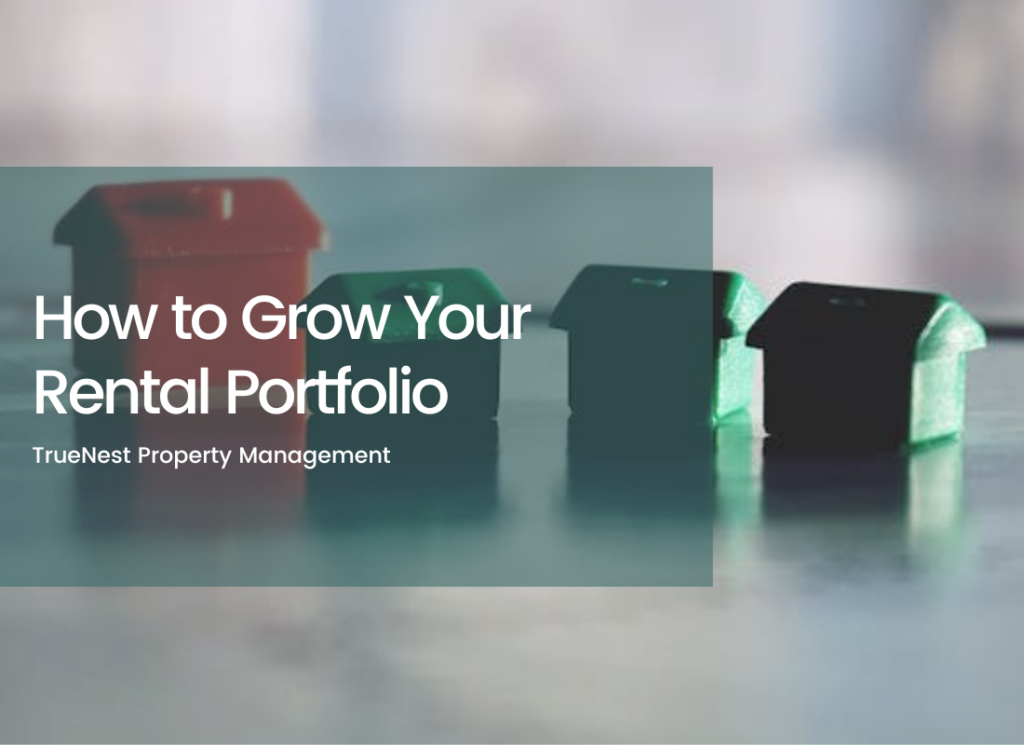How to Grow Your Rental Portfolio

Building a successful rental portfolio is a journey that requires strategic planning, continuous market research, and a diversified approach. As an investor, you know the potential rewards of owning multiple rental properties, but navigating the complexities of this endeavor can be daunting.
This comprehensive guide will provide a roadmap to grow your real estate portfolio, mitigate risks, and maximize returns.
Importance of Growing Your Real Estate Portfolio
A well-diversified rental portfolio offers numerous benefits that can propel your investment success. Expanding your portfolio can reduce the impact of localized market fluctuations, increase cash flow, and capitalize on economies of scale.
Multiple properties across different markets and asset classes create a steady stream of passive income. Ultimately, growing your rental portfolio is a strategic move that can build long-term wealth and establish a legacy for future generations.
How to Build a Rental Portfolio.
Develop a Clear Strategy and Plan
Before embarking on your journey to expand your rental portfolio, it’s crucial to have a well-defined strategy and plan in place. Take the time to identify your investment goals, risk tolerance, and target markets.
Determine whether you’ll focus on residential or commercial properties, and consider factors such as location, property types, and potential returns. Having a clear roadmap will help you make informed decisions and stay on track as you navigate the complexities of real estate investing.
Consistently Research the Market
Real estate markets are dynamic, and staying informed about local trends, demographics, and economic conditions is essential. Conduct thorough market research to identify promising areas for investment and understand the supply and demand dynamics.

Leverage resources like market reports, real estate data platforms, and local connections to gain valuable insights. You can make data-driven decisions and capitalize on emerging opportunities by keeping a pulse on the market.
Establish a Budget and Financing Plan
Expanding your rental portfolio requires significant capital, so having a solid budget and financing plan in place is important. Determine how much you can comfortably invest and explore various financing options, such as conventional mortgages, private lenders, or real estate investment trusts (REITs).
Consider the potential returns and associated risks when evaluating financing strategies. A well-structured financing plan can help you maximize your investment potential while managing risk effectively.
Diversify as Much as Possible
Diversification is a fundamental principle in real estate investing and a key strategy for mitigating risk and maximizing returns. Consider investing in different property types, locations, and asset classes to spread your risk and capitalize on various market opportunities.
This approach can also help weather economic cycles more effectively and provide a more stable and consistent income stream.
Analyze and Track Your Portfolio Performance
As your rental portfolio grows, monitoring its performance regularly is crucial. Establish key performance indicators (KPIs) and track occupancy rates, rental income, operating expenses, and cash flow metrics.

Use this data to make informed decisions about property acquisitions, renovations, or dispositions. By staying on top of your portfolio’s performance, you can identify areas for improvement and make strategic adjustments to optimize your returns.
Building and Managing Your Rental Portfolio
Once you’ve built a solid rental portfolio, the next step is to manage and maintain your properties to ensure long-term success effectively. To navigate this crucial phase, it’s essential to follow these strategies.
Diversification
As mentioned earlier, diversification is crucial for managing risk and maximizing returns in your rental portfolio. Consider investing in various property types, locations, and asset classes to create a well-rounded portfolio that can withstand market fluctuations.
This approach reduces risk and provides opportunities for growth and consistent income streams.
Scaling Your Portfolio
You might need to review your management strategy as your portfolio expands. If you’re looking for help with day-to-day management, maintenance, and tenant relations, think about working with an experienced property management business like TrueNest Property Management.
Your time and resources can be freed up as a result, enabling you to concentrate on growing your investments and looking into new prospects.
Property Management
Effective property management is essential for maintaining the value of your rental properties and ensuring tenant satisfaction. Whether you manage the properties yourself or hire a professional company, establish clear processes for tenant screening, lease management, maintenance, and compliance with local regulations.

A well-managed property can improve tenant retention, reduce vacancy rates, and protect your investment.
Leveraging Technology to Manage Your Real Estate Portfolio
Leveraging technology to efficiently manage your real estate portfolio is crucial as it expands, offering a competitive advantage. Exploring technological solutions such as data analytics enables you to gain valuable insights into your portfolio’s performance, track key metrics, and make informed decisions on acquisitions and operational strategies.
Data aggregation and visualization tools enhance your ability to identify trends and optimize investment strategies. Property management software also streamlines processes like tenant applications, lease management, and maintenance requests, ensuring organized operations and saving time through automation and centralization.
Conclusion
Growing your rental portfolio is a strategic endeavor that requires careful planning, market research, and a commitment to continuous learning and adaptation.
By diversifying your investments, leveraging technology, and seeking professional support when needed from companies, you can build a robust and sustainable rental portfolio that generates consistent income and long-term wealth.
Remember, success in real estate investing is a marathon, not a sprint, and TrueNest Property Management can be a valuable partner in your journey, providing expertise and support to help you manage and scale your growing portfolio effectively.
